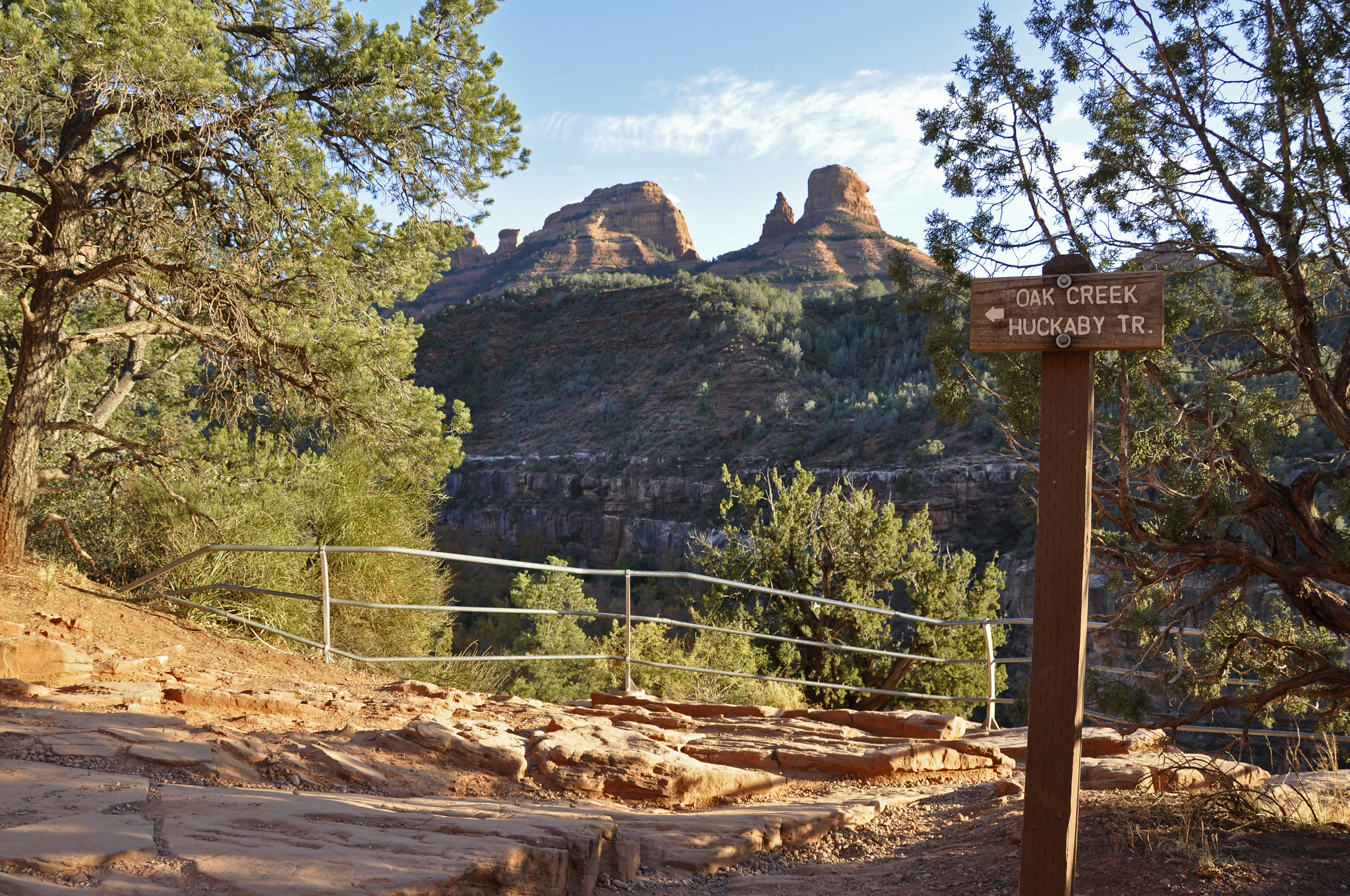Nestled among the striking red rock formations of Northern Arizona, Sedona offers some of the most breathtaking hiking experiences in the American Southwest. The unique landscape combines rust-colored cliffs, verdant forests, and expansive vistas that change dramatically with the shifting sunlight throughout the day. Visitors flock to this spiritual desert haven year-round, drawn by the natural beauty and the purported energy vortexes that dot the landscape. The town’s network of trails varies widely in difficulty and scenery, accommodating everyone from casual strollers to seasoned hikers.
Here is a list of 15 scenic walks in Sedona that showcase the area’s distinctive geological features and magical atmospheres.
Cathedral Rock Trail

This iconic trail leads directly to one of Sedona’s most photographed formations, offering panoramic views that justify every step of the moderate climb. The path winds through juniper trees before transitioning to smooth, slick rock that requires some scrambling and handholds in certain sections.
Sunset casts an especially magical glow on the red sandstone, transforming the rock into a burning orange beacon visible for miles. Many visitors describe feeling special energy at the saddle points between the massive stone spires – perhaps one of the vortexes Sedona is famous for.
Bell Rock Pathway
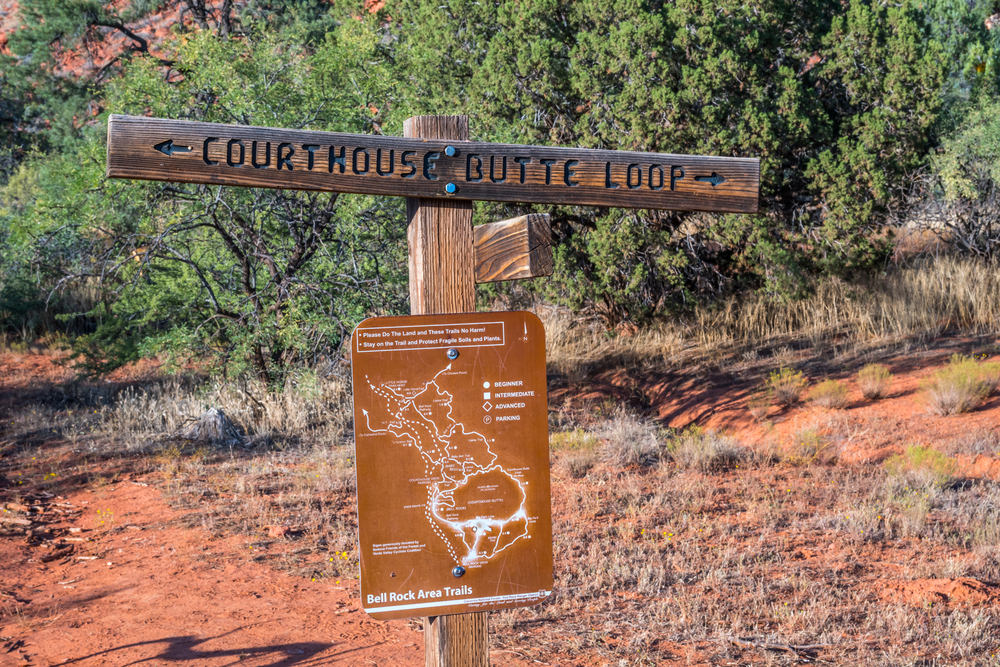
Following the base of the distinctive bell-shaped formation, this relatively flat trail provides accessible views without demanding technical hiking skills. The wide, well-maintained path makes it suitable for families and those seeking a leisurely stroll rather than an intense workout.
Spring brings wildflower displays that contrast beautifully against the rusty landscape, while the many spur trails allow more adventurous hikers to climb higher onto the formation itself. The complete loop measures around 3.5 miles, though many visitors opt for shorter out-and-back walks to match their preferred pace and time constraints.
Like Travel Pug’s content? Follow us on MSN.
Devil’s Bridge

The natural sandstone arch that marks the end of this trail stands as one of Sedona’s most awe-inspiring geological features. The trail begins with a fairly gentle incline through typical high desert vegetation before steepening considerably for the final approach.
Reaching the arch rewards hikers with the opportunity to walk across the 50-foot-long natural bridge standing 45 feet above the ground below. Morning visits tend to avoid both crowds and the intense afternoon sunshine, while photographers often prefer late afternoon when the light creates dramatic shadows across the formation.
West Fork Trail
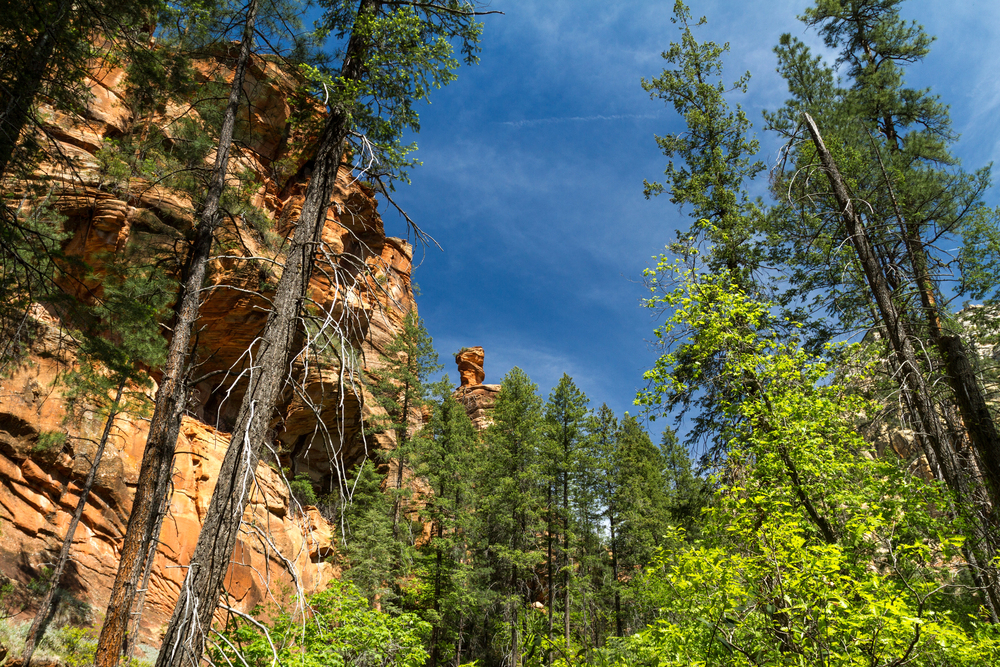
Unlike the exposed, sunbaked trails common throughout Sedona, this shaded creek-side path offers welcome relief during warmer months. The trail crosses the bubbling West Fork of Oak Creek numerous times via stepping stones and simple log bridges, winding through a lush canyon with towering walls.
Fall transforms this walk into a colorful spectacle as maple, oak, and ash trees display brilliant autumn foliage against the red rock backdrop. The standard 6-mile round trip can be extended for those looking to wade deeper into the canyon’s narrow walls.
Boynton Canyon
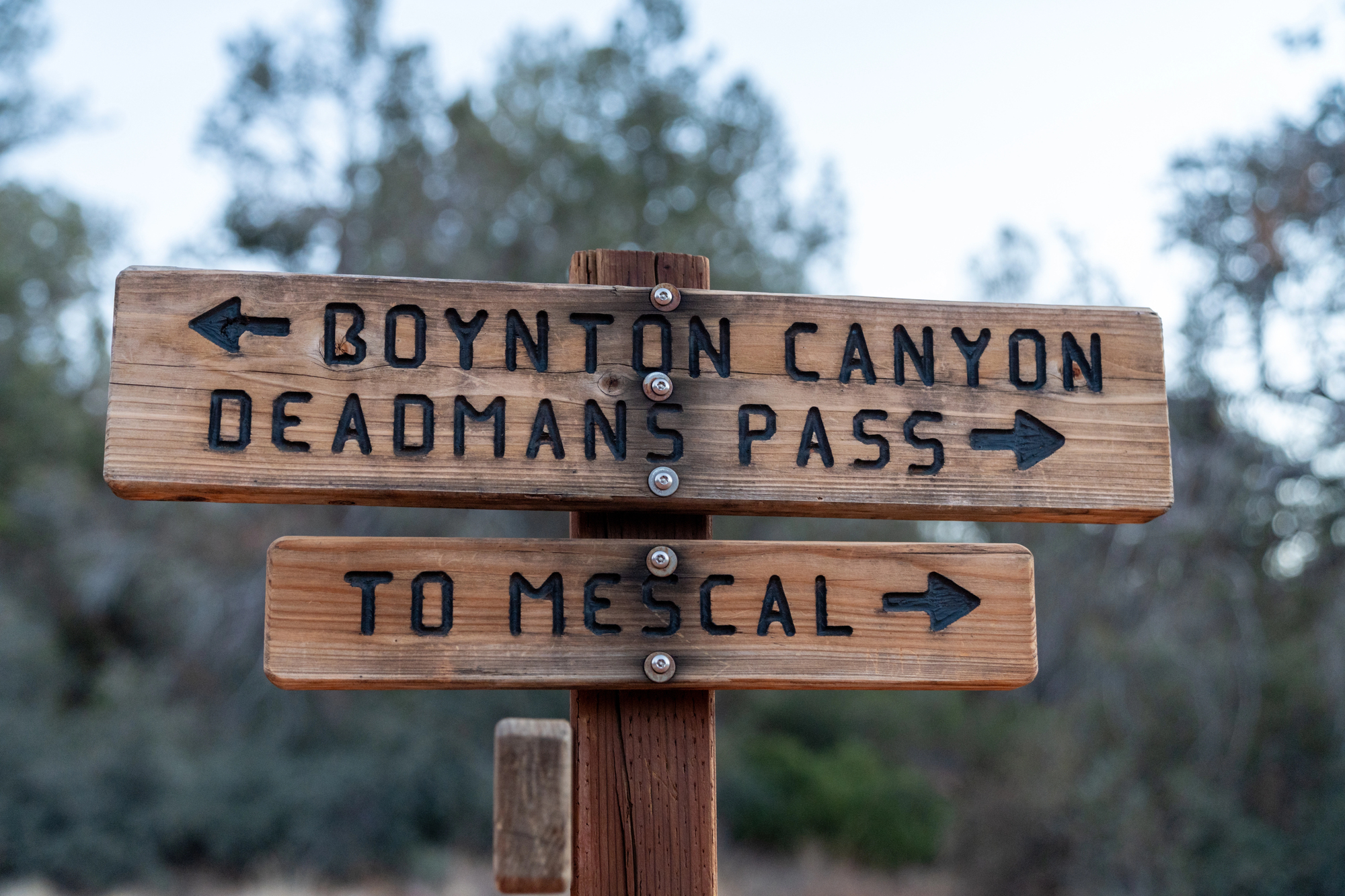
This out-and-back trail passes through diverse ecosystems while remaining relatively level most of the way. The path begins in open desert terrain before entering a forested area that feels surprisingly lush compared to the surrounding landscape.
Ancient ruins tucked into the canyon walls hint at the area’s rich Native American history, while the enclosed feeling of the canyon creates a sense of peaceful isolation despite the trail’s popularity. The vista at the end provides a stunning panorama of the surrounding red rock formations that makes the 6-mile round trip worthwhile.
Like Travel Pug’s content? Follow us on MSN.
Airport Mesa Loop
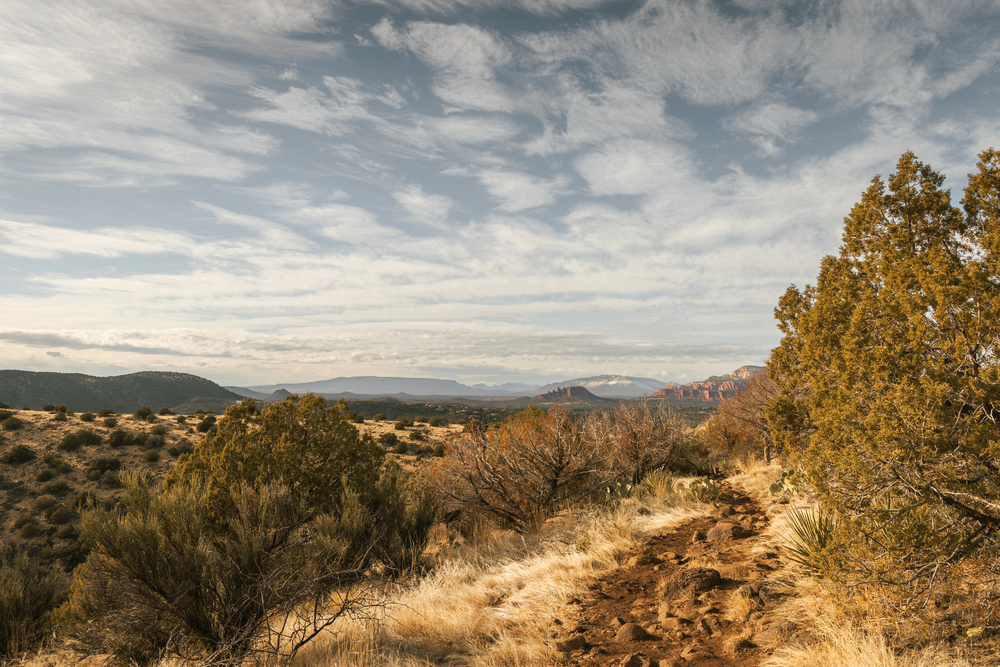
Despite its proximity to Sedona’s small airport, this moderate loop offers surprising tranquility and 360-degree views of the entire valley. The relatively short 3.5-mile circuit packs an impressive scenic punch with minimal elevation gain, making it accessible to most fitness levels.
Sunrise and sunset transform this trail into a photographer’s dream as the changing light paints the distant formations in an ever-shifting palette of reds, oranges, and purples. The mesa also hosts one of Sedona’s famous vortex sites, drawing those seeking spiritual experiences alongside nature enthusiasts.
Fay Canyon
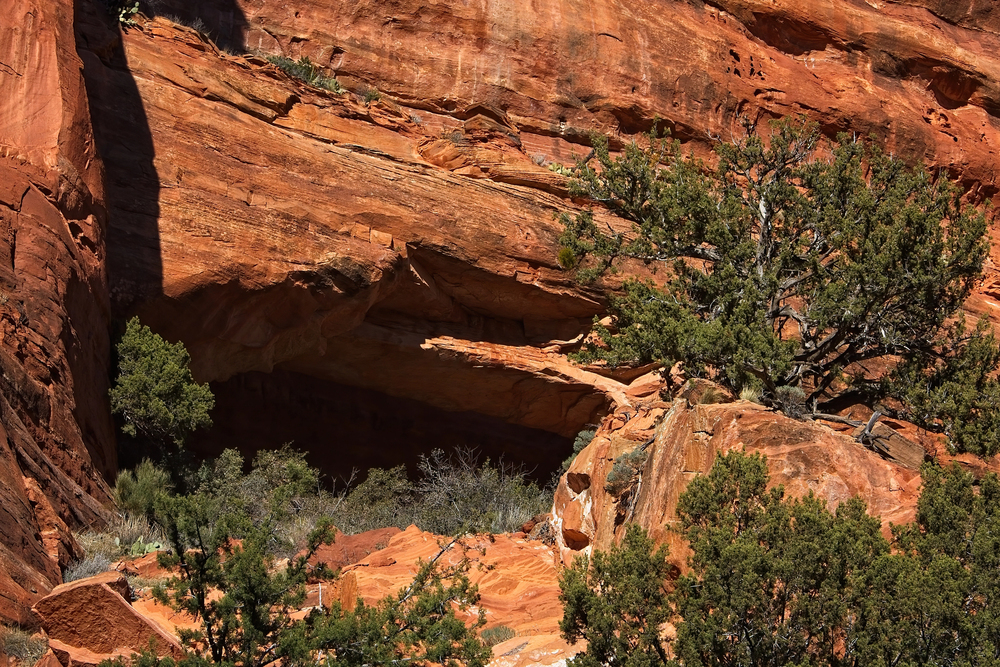
Perfect for those seeking a gentle introduction to Sedona’s landscape, this relatively flat trail winds through a box canyon with impressive cliff walls rising on either side. The path remains sandy and well-defined throughout its length, making it navigable even for inexperienced hikers or those with younger children.
About halfway through, an unmarked side trail leads to a natural arch – a worthwhile detour for the photographically inclined. The entire experience requires only about an hour at a leisurely pace, making it an excellent option for fitting between other activities.
Broken Arrow Trail

Made famous by the pink jeep tours that traverse portions of it, this trail offers hikers access to the same spectacular scenery without motorized assistance. The path crosses expanses of exposed slickrock marked by cairns rather than a traditional dirt trail in many sections.
Submarine Rock and Chicken Point serve as popular destinations along the route, offering elevated perspectives across the surrounding landscape. The trail’s moderate difficulty comes primarily from navigation challenges rather than steep climbs, though proper footwear greatly improves the experience on the sometimes slippery sandstone surfaces.
Like Travel Pug’s content? Follow us on MSN.
Courthouse Butte Loop
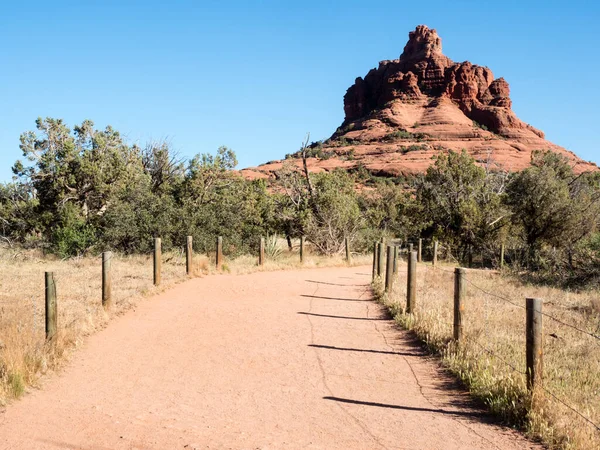
Circling both Bell Rock and the towering Courthouse Butte, this 4-mile loop provides constantly changing perspectives on two of Sedona’s most distinctive formations. The terrain remains relatively level throughout, though some rocky sections require attention to footing.
The eastern portion of the loop feels noticeably more remote, offering quiet contemplation away from the crowds that often gather at Bell Rock itself. Desert wildlife frequently appears along this trail, particularly in the early morning hours when temperatures remain cool and animals are most active.
Soldier Pass
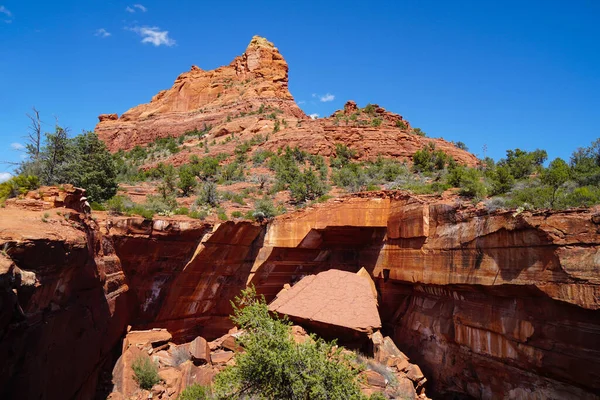
Home to the fascinating Devil’s Kitchen depression and the Seven Sacred Pools, this trail packs numerous geological highlights into a moderate hike. The depression represents one of the area’s youngest formations, having collapsed in the 1880s and continuing to expand gradually over time.
Further along, the naturally occurring pools fill with water after rainfall, creating refreshing oases amid the arid landscape. The trail eventually connects with the Red Rock Secret Mountain Wilderness, offering options for extending the journey for those with additional time and energy.
Doe Mountain
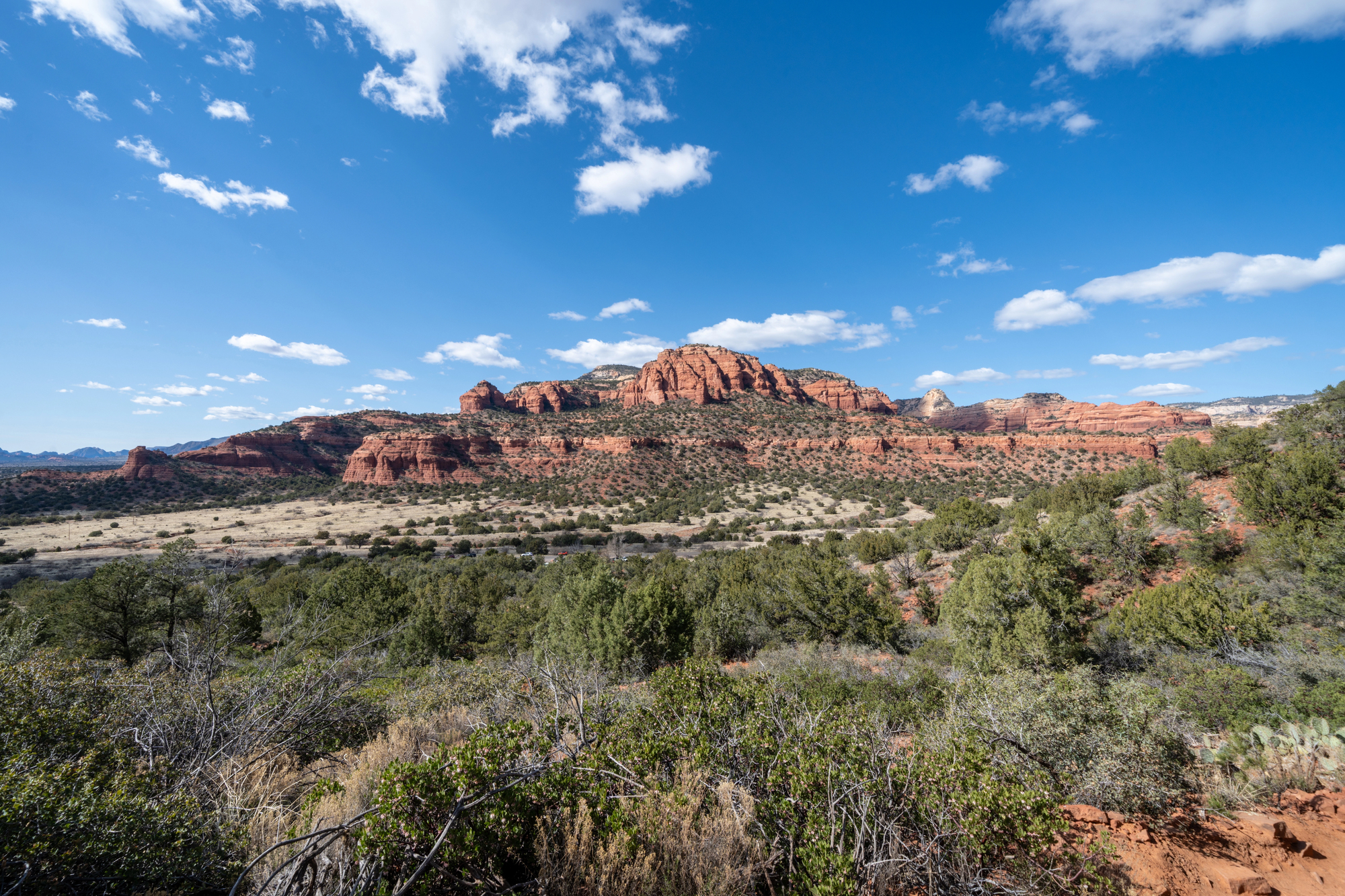
This relatively short but moderately steep trail leads to a flat-topped mesa offering unobstructed 360-degree views across Sedona’s red rock country. The climb requires some effort but remains accessible to most hikers with reasonable fitness levels.
Upon reaching the summit, visitors discover an unexpected plateau where they can wander freely and discover various vantage points around the mesa’s perimeter. Sunrise transforms the experience into something truly magical as the first light illuminates Cockscomb, Chimney Rock, and other formations while shadows still linger in the valleys below.
Like Travel Pug’s content? Follow us on MSN.
Baldwin Trail
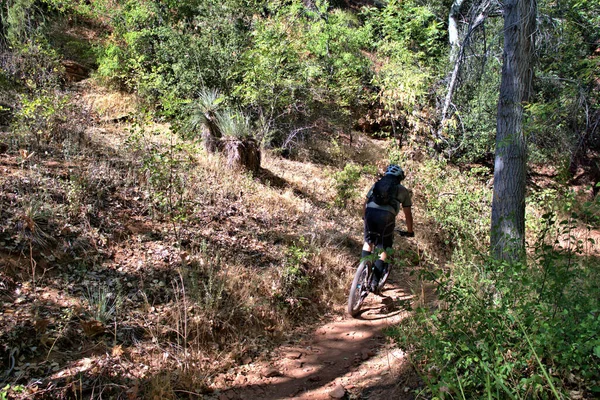
Winding through the red rock country near Oak Creek, this moderate loop offers excellent views of Cathedral Rock from angles missed by those who only visit the formation directly. The path alternates between exposed sections with panoramic vistas and shaded stretches through Juniper and Manzanita.
Photographers particularly appreciate the northern sections where Cathedral Rock reflects in the calm waters of Oak Creek – one of Sedona’s most iconic images. The trail’s 2.5-mile length makes it perfect for morning outings before the midday heat intensifies.
Little Horse Trail
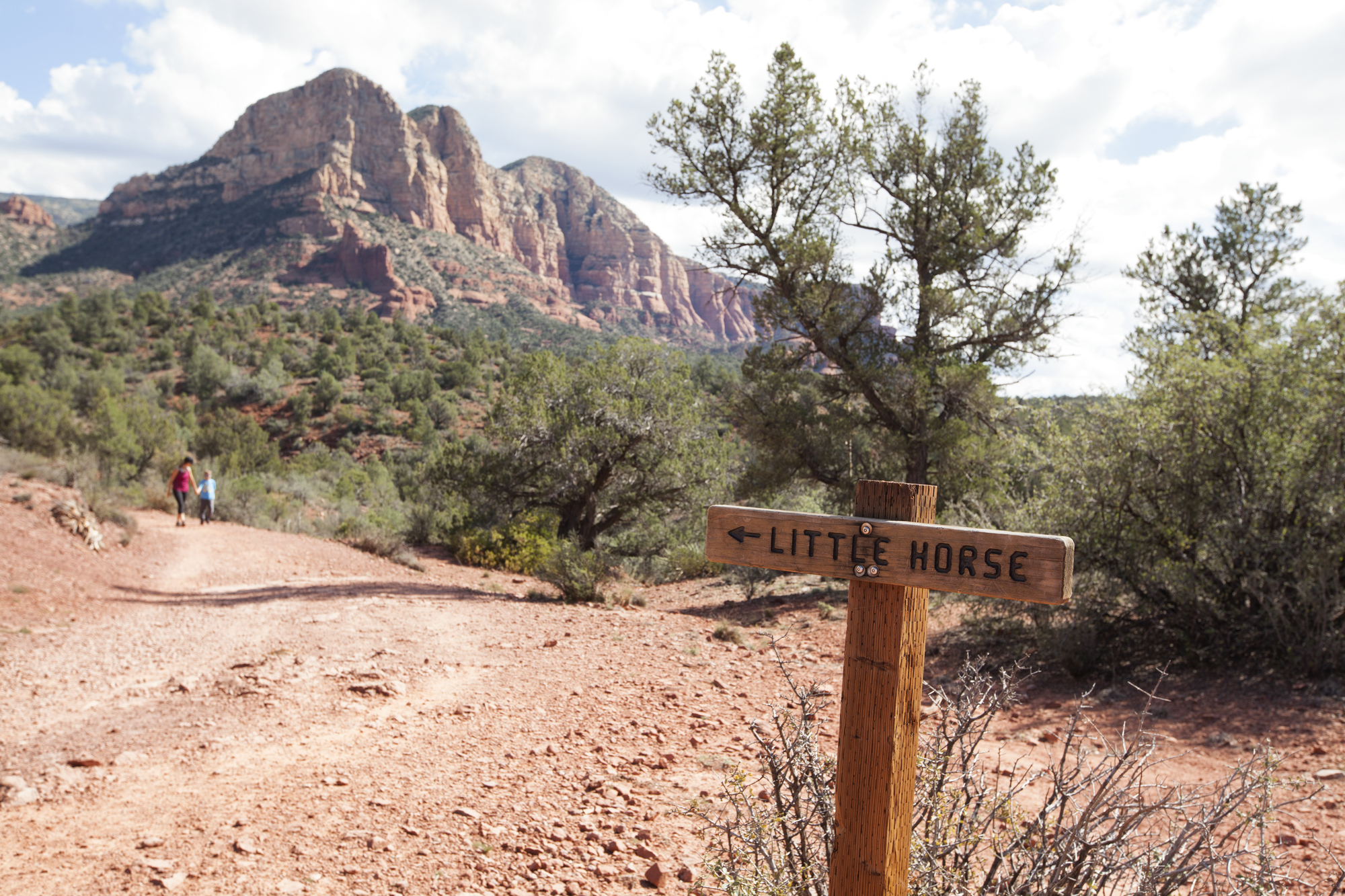
Leading to the famous Chicken Point overlook, this trail offers substantial scenic rewards for moderate effort. The path gradually climbs through typical high desert vegetation, with increasingly impressive views opening up along the way.
The final overlook provides expansive vistas across many of Sedona’s notable formations, including the distinctive Chapel of the Holy Cross built into the cliffs. Many hikers combine this trail with portions of the Broken Arrow route to create longer loop options that showcase different perspectives on the same stunning landscape.
Munds Wagon Trail
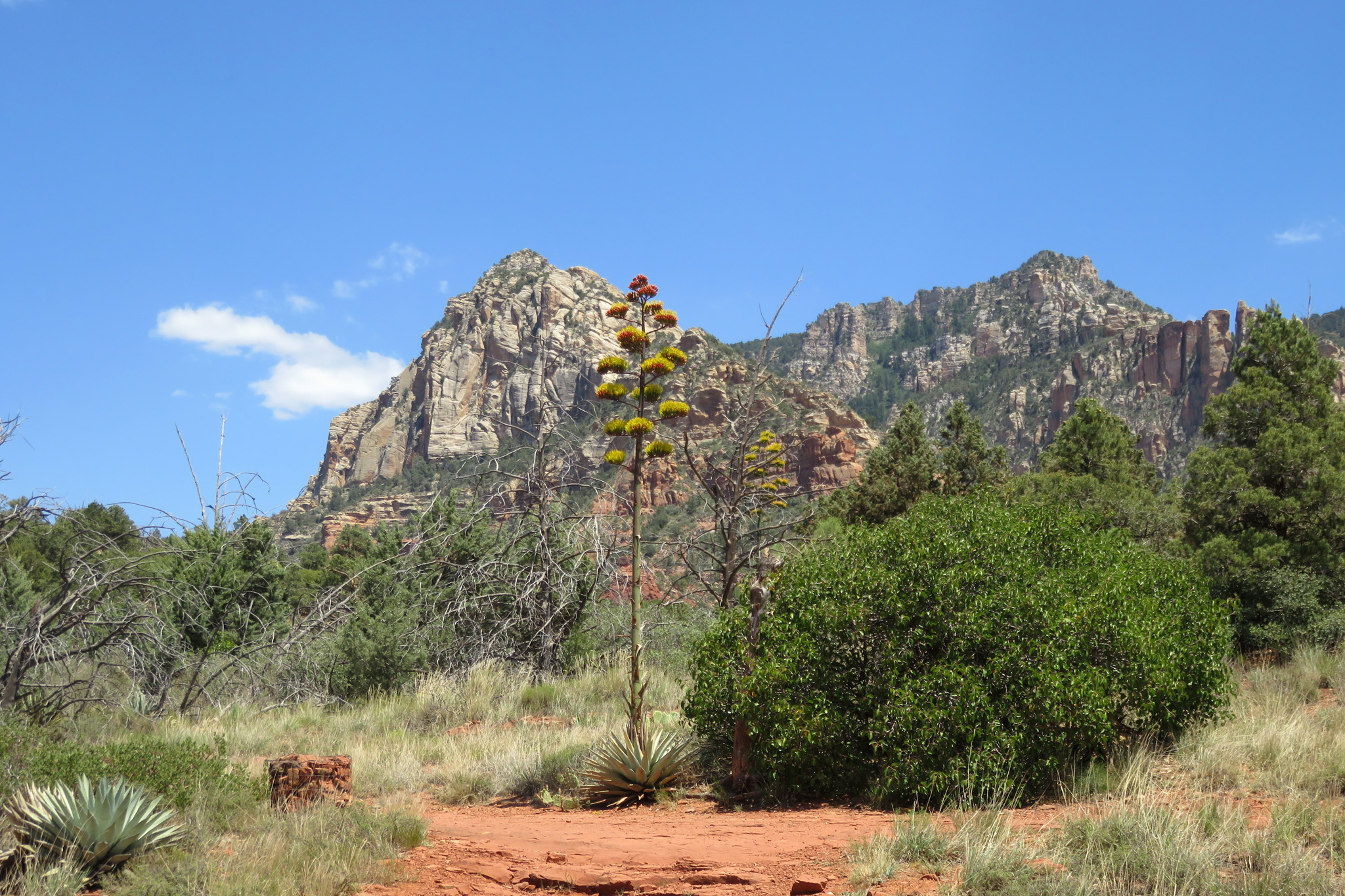
Following a historic wagon route used by early settlers, this trail carries both natural beauty and historical significance. The path largely follows a dry wash-up through Schnebly Hill, with impressive red rock cliffs towering overhead.
Spring brings surprising bursts of color as wildflowers take advantage of the slightly moister conditions along the drainage. The trail can be hiked as an out-and-back experience of various lengths or connected with other routes to create more challenging loop options for experienced hikers seeking full-day adventures.
Like Travel Pug’s content? Follow us on MSN.
Huckaby Trail
Connecting Uptown Sedona with the Midgley Bridge area, this often-overlooked path offers a more solitary experience than many of the region’s more famous routes. The trail descends into Oak Creek Canyon before climbing back out, creating a more strenuous experience than the modest mileage might suggest.
Oak Creek provides opportunities for cooling off during warmer months, though water levels vary significantly with the seasons. The changing elevation offers diverse vegetation zones within a relatively short distance, from riparian environments along the creek to typical high desert flora on the upper sections.
The Path Forward

Sedona’s trail system continues to evolve, with conservation efforts working alongside recreation needs to preserve these special landscapes for future generations. Local volunteer groups maintain many paths, removing invasive species and repairing erosion damage caused by both natural forces and human impact.
Visitors contribute to these preservation efforts by practicing Leave No Trace principles – staying on established trails, packing out all waste, and respecting wildlife from a distance. The red rock landscape may appear rugged and indestructible, but its delicate ecosystem requires conscious stewardship to maintain its natural beauty.
More from Travel Pug

- Cities Growing so Fast You Won’t Recognize Them in 10 Years
- 13 Destinations Where Tourists Regularly Regret Their Trip
- 16 U.S. Cities That Are Quietly Becoming Travel Hotspots
- Where to Travel If You Love Long Bus Rides and Daydreams
- 20 Cities Perfect for Solo Travelers Who Crave Adventure & Culture
Like Travel Pug’s content? Follow us on MSN.

